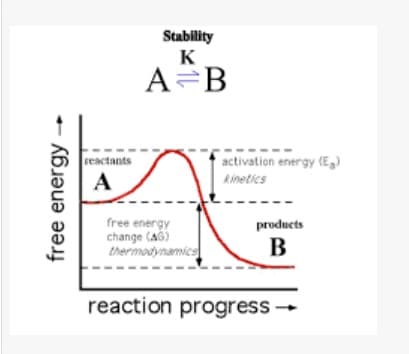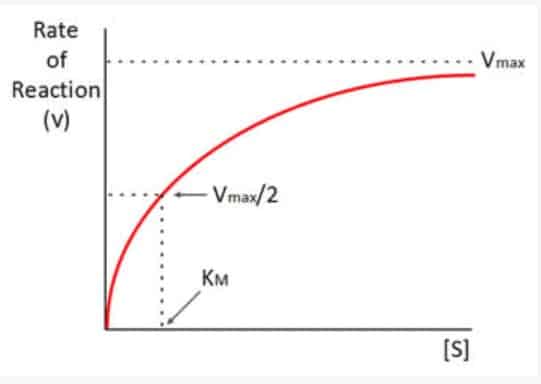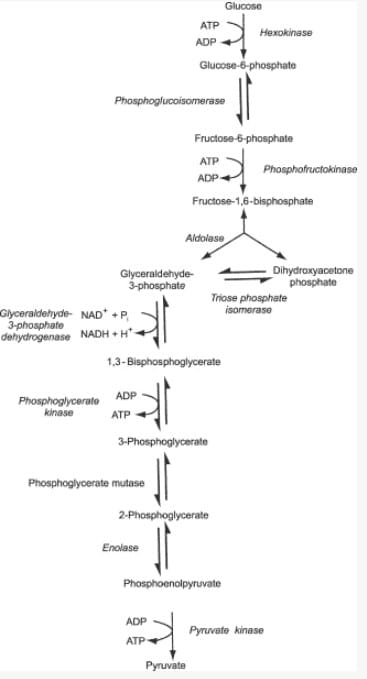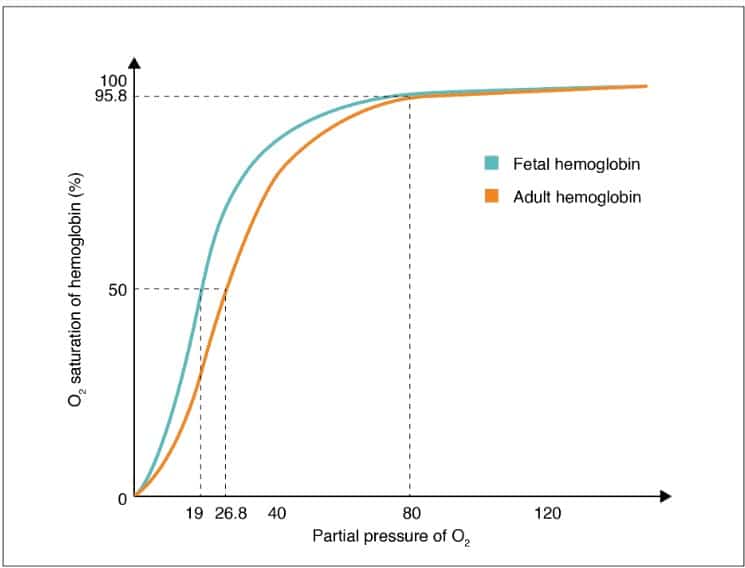MCAT Biological and Biochemical Foundations Practice Test 1
Exam Summary
0 of 10 Questions completed
Questions:
Information
You have already completed the exam before. Hence you can not start it again.
Exam is loading…
You must sign in or sign up to start the exam.
You must first complete the following:
Results
Results
0 of 10 Questions answered correctly
Your time:
Time has elapsed
You have reached 0 of 0 point(s), (0)
Earned Point(s): 0 of 0, (0)
0 Essay(s) Pending (Possible Point(s): 0)
| Average score |
|
| Your score |
|
Categories
- Not categorized 0%
- 1
- 2
- 3
- 4
- 5
- 6
- 7
- 8
- 9
- 10
- Current
- Review
- Answered
- Correct
- Incorrect
-
Question 1 of 10
1. Question
Living cells require constant interaction with the outside environment in order to attain the materials they need for survival, as well as to rid themselves of waste. Of the following processes, which uses only the gradient of material to control the direction in which the material moves across the cell membrane?
CorrectIncorrect -
Question 2 of 10
2. Question
Using the diagram and knowledge of enzymes, the most accurate definition of how enzymes facilitate reactions would be by:

Enzymes are vital to the process of energy production throughout the biological world. A typical energy reaction is shown above:
CorrectIncorrect -
Question 3 of 10
3. Question
Using this graph, which of the following answers would most rapidly increase the velocity of the reaction?

The Michaelis-Menten Equation describes the speed of reaction as it pertains to the amount of substrate and the affinity of an enzyme for that substrate. It is often depicted in the style of the graph above:
CorrectIncorrect -
Question 4 of 10
4. Question
Using this graph, what are the products that C. sporogenes could produce using 6 molecules of glucose?

Clostridium sporogenes is an obligate anaerobe that produces its energy from the glycolytic pathway. The pathway is detailed in the diagram above:
CorrectIncorrect -
Question 5 of 10
5. Question
Somatic eukaryotic cells in the human body proceed normally through repetitive phases of the cell cycle in order to divide and make replicates of themselves. The point at which a cell commits to dividing is known as the restriction point (R). Prior to this, how many chromosomes and chromatids does the cell have?
CorrectIncorrect -
Question 6 of 10
6. Question
There are five stages of mitosis that must be carried out correctly for a cell to properly divide. Match the stage of mitosis with its proper component:
CorrectIncorrect -
Question 7 of 10
7. Question
What other types of environments would shift the dissociation curve to the left like HbF?

Fetal hemoglobin (Hb-F) has a higher affinity for oxygen than adult hemoglobin (Hb-A) so that a fetus can properly extract oxygen from maternal blood supply. A normal hemoglobin-dissociation curve showing this increased affinity is depicted avoce:
CorrectIncorrect -
Question 8 of 10
8. Question
During muscular contraction, interactions between myosin and actin allow for shortening of each sarcomere. In addition to the power stroke, what other process of muscle contraction requires ATP?
CorrectIncorrect -
Question 9 of 10
9. Question
Cystic Fibrosis (CF) patients often have a loss of pancreas activity during their adolescent years. Loss of which enzyme, if isolated would lead to the most extensive effects on nutrient absorption?
CorrectIncorrect -
Question 10 of 10
10. Question
Neonatal Respiratory Distress Syndrome (NRDS) is a serious complication seen in infants born prematurely who have a compromised ability to facilitate oxygen diffusion across their alveolar membranes. This is caused by inadequate surfactant production. What role does surfactant play in facilitating oxygen diffusion?
CorrectIncorrect
